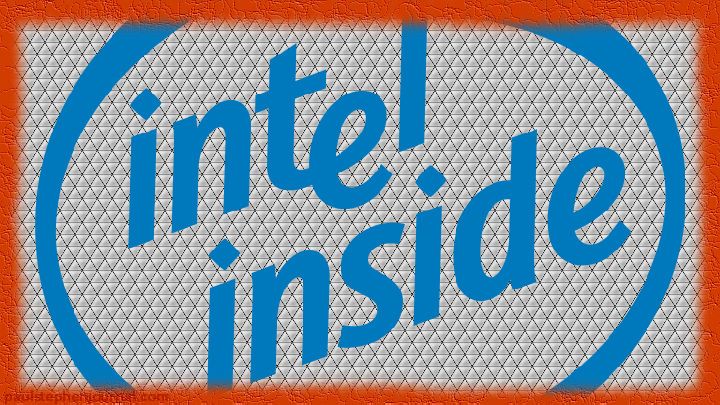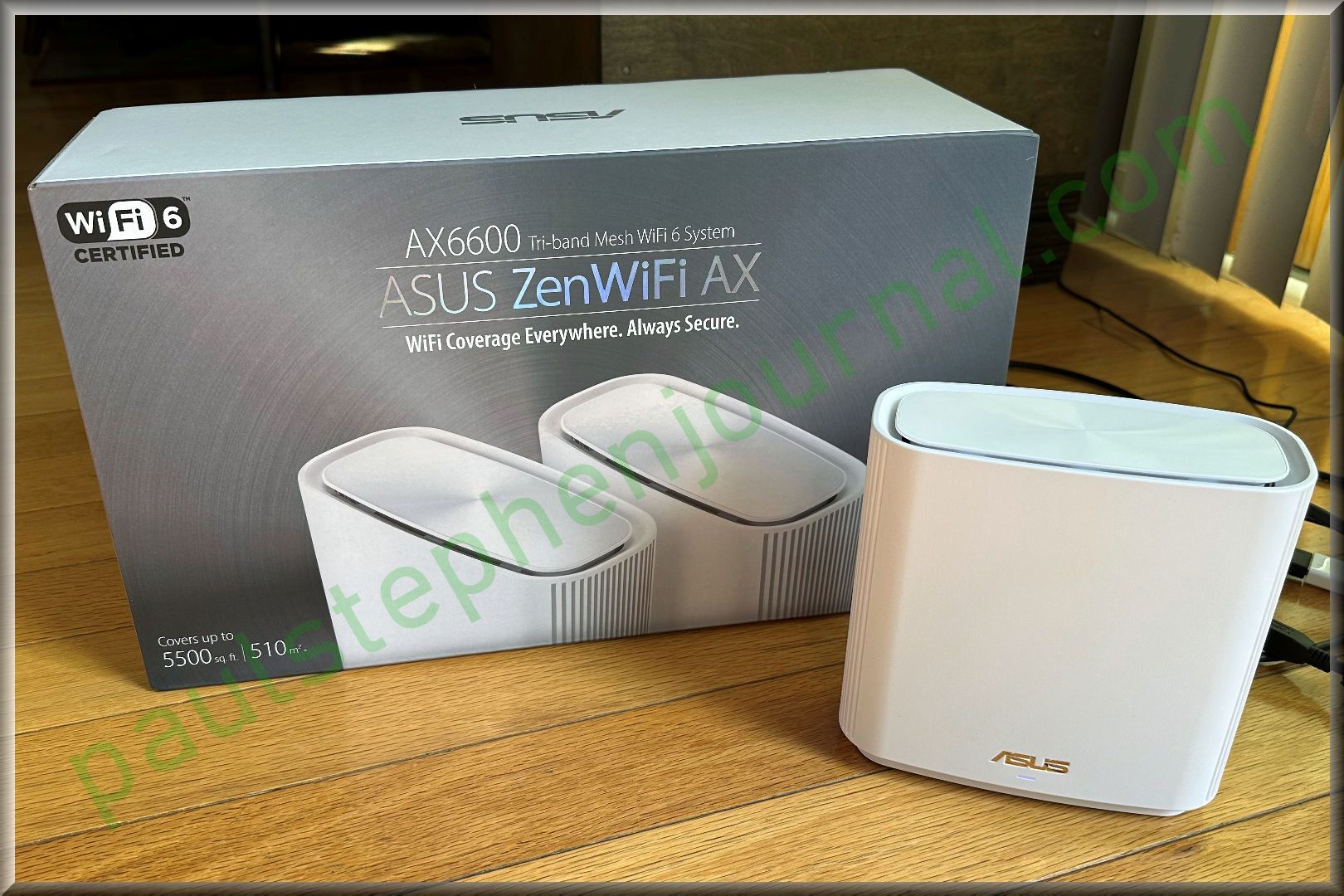This article is part of my series on how I set up my website and blog.
It has been a little over a month since I created my new website, and now feels like a good time to start retrospectives on the entire process. There are a number of areas I may cover in future articles, but I thought to start with the most surface-level topic, of why I am using Ghost for my website/blog instead of WordPress.
A little background for those unfamiliar with my past: I had been using WordPress’s free hosting offerings for nearly a decade, for several different blogs. WordPress was, and still is, the default choice for starting a blog. It has a lot going for it, and I did enjoy using it most of the time (more on this later). If you are just starting a blog, even yet perhaps especially in 2021, there are an enormous amount of resources online to help, simply by the nature of WordPress’s longevity. From forums to articles to videos, there is an extremely good chance that anything you are trying to do in WordPress, many have done so before.
Despite its strengths, WordPress as a free hosting option had started to grate on me, particularly over the last year. A few minor issues developed. I felt the overall look and feel of WordPress was dated. Ongoing front-end changes created a superficial user layer hiding an interface apparently from 2007. No doubt, this is a burden of so much legacy support accumulated within all facets of what is known as WordPress today.
Yet foremost of my issues was the conversion to the new WordPress editor itself. I do not like it, at all. Even to this day, I describe my time using the WP editor as fighting versus using. I enjoyed the flexibility of the classic editor. For despite being, yes, dated, everything I needed was simply “there.” I never had to think about using the editor, allowing me to focus on my articles, no matter how simple or complex a post was.
When WordPress no longer allowed the option to use the classic editor (beyond a plugin, a route I did not want to go), I knew it was the beginning of the end for my time on WordPress. I did not make any immediate decisions but knew I would be revisiting the matter down the road. That time came over a month ago when I decided to host my own personal and professional presence on the web.
My takeaway from WordPress, to stay cutting-edge competitive, is that the editing platform needs a complete ground-up revival, and to stop relying on continual piecemeal add-on changes, hallmarks of a lethargic market leader past its prime.
Continuing with WordPress was certainly an option, and I explored this as well as newer offerings. My website is self-hosted, a decision of its own for a future article. I read a number of articles and watched videos on the platforms. Better-known options such as WordPress and Squarespace are popular. But aside from WordPress being the behemoth market leader, the others seem to have their own specializations. What struck me the most about Ghost, in comparison to the others, is that it appeared to have a personal-blog focus, even though much of its marketing and features are geared towards building subscribers in revenue models. Perhaps that is a future opportunity, but for now I needed a blog merely for my own personal writing.
Two characteristics of Ghost stood out to me in the demos and introductions. First is the clean, modern-look of all of the templates. Any site created with Ghost immediately looks professional. Second is the Ghost editor, which appeared straightforward and easy to get into, with little learning curve. Given my impressions of the new WordPress editor, this was a big selling point for me.
On both points, Ghost has not disappointed me in over a month of use. I like how my website looks with the “Ease” theme, and I have received several visitor compliments on its professional look. I really like how Ease, a documentation theme, creates a a directory of tags on the homepage, and has a built-in Search feature (not all themes have Search by default).
The directory/list of article tags was especially important to me since I wanted to import most of my past articles to the new website. This legacy content gave my website a healthy backlog of material at launch.
Importing and curating approximately 250 articles would not have been possible in a clumsy editor. Thankfully, Ghost’s editor was well up to the task. It is responsive and fast, and straightforward to use. You quickly learn the popup contexts for adding images and other embedded content. The post settings and meta data options become easy to understand and repeat after a few articles. Integration with Zapier, for pushing articles to social media, was far easier than I worried. The only integration that was a bit frustrating was mail and specifically with mailgun, but this is more of a back-end issue that I will discuss in a future post.
The great look of the theme made me want to tweak it ever so slightly. Specifically, I wanted to show recent articles on the homepage, as well as include social media buttons on each article. With a little digging and learning of Ghost themes, buttressed by my technical and coding background, I was able to edit the back-end theme template files just enough to accomplish both. Here too, may be a future topic on how I edited the .hbs files. I even played around with inverting the color scheme into a dark mode, but ultimately decided, at least for now, that the default black-on-white is best for my website’s content and the Ease theme.
For the most part, Ghost simply does the job, allowing me to focus on article creation. There are a few caveats, however, that are worth mentioning.
Because of the relative newness of Ghost compared to WordPress, information and “how-to” articles are not as prevailent. The Ghost forums are decent for basic information, but tend to relinquish usefulness quickly when more in-depth issues are brought up. This is, in part, why I am writing now, and plan to articulate and discuss some of my specific challenges and customizations, so that they may help others get started with Ghost.
There are a few nitpicks as well, though I consider them minor and may be addresed over time. I wish there was an “open in new tab” option for URL links. It is, I think, good standard practice to open links to external sites in separate tabs, so that readers can quickly return to the base article. I would also like the flexibility to edit the “subscribe” interface, as well as the templated emails sent to subscribers. Yes, you can technically do this by editing the underlying .json files, but at this stage I do not want to compile and potentially mess things up. A simple method to change templated wording from the Ghost admin pages would be more than sufficient.
Ghost is lightweight yet could use a few improvements to post/article functionality. A “Like” button would be nice, along with standard social media buttons. Both are standard fair for blogs and hopefully will appear in future versions of Ghost.
The one item that was nearly a deal-breaking for me is the lack of a comments interface. I am a firm believer that comments are integral to blogs as a means for your visitors to interract with you. Thankfully, since I am self-hosted, I managed to integrate the open-source Commento into my blog. It turned out quite well, I think. And again, how I integrated Commento should be a future article of its own.
To wrap a number of the above issues into a nice bow, it would be great if newsletter subscriptions, Likes, and article comments could all leverage a single user ID/email. Right now, my website has two separate logins, one for newsletter subscriptions an one for Commento/comments. I would love to provide a single login solution for visitors to achieve both functional needs.
In all, I am very satified with my decision to use Ghost. Especially as my website it just getting started, I have no major complaints. My hope is that in time, as my website grows, future versions of Ghost will address the relatively few concerns I have with the blogging platform.








